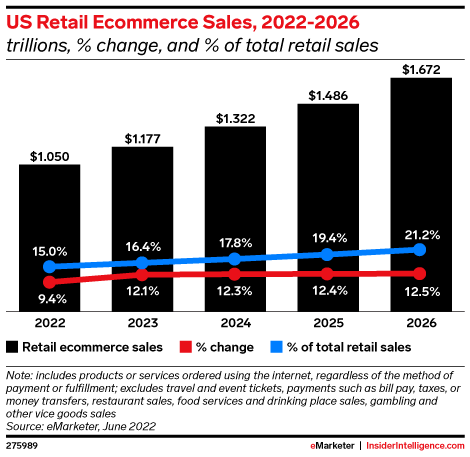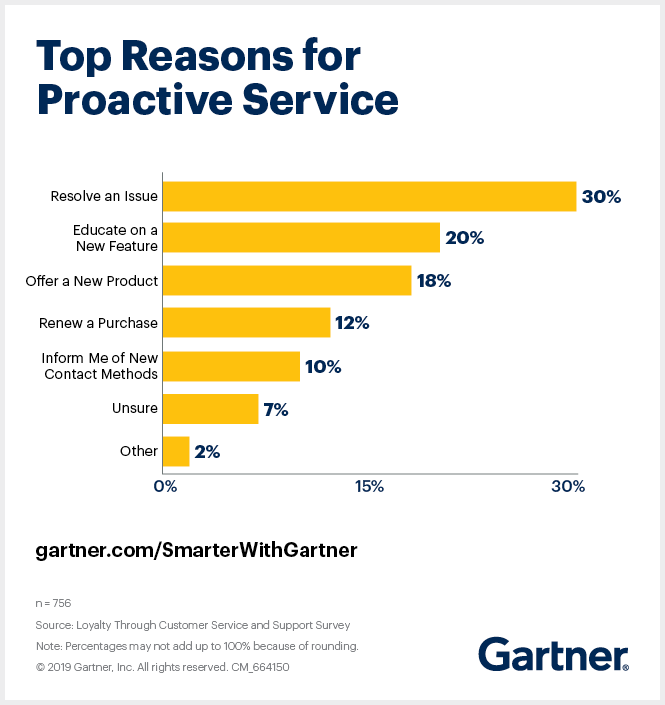In today’s hyper-connected world, where every interaction leaves an indelible mark, the axiom that ‘the customer is god’ holds truer than ever before.
The retail landscape is undergoing a seismic shift, accelerated by the COVID-19 pandemic, ushering in an era where digital commerce reigns supreme. However, amidst this transformation, one fundamental truth remains unchanged: the customer’s perception of your brand and the experience you provide holds the key to success or failure in the market.
As businesses navigate this brave new world of retail, the imperative to prioritize customer experience and support has never been more pressing. In essence, prioritizing customer experience and needs is paramount for long-term success and sustainable growth.
The Need to Revolutionize Customer Experience and Support
The COVID-19 pandemic has reshaped the retail landscape, leading to significant shifts in both customer expectations and purchasing behaviors. One notable trend that has emerged and is likely to endure is the preference for digital commerce, or ecommerce.
This shift is propelled by various factors, such as convenience, the abundance of options, and the accessibility of services. According to a study conducted by eMarketer, US retail ecommerce is expected to reach $1.3 trillion in 2024. That’s a massive 110% growth over pre-pandemic levels.

The shift has also underscored the significance of not merely providing customer support, but also delivering exceptional customer service. While the necessity of an omnichannel platform, self-service options, and AI chatbots has been acknowledged and established as crucial elements of a positive customer experience, today’s customers expect brands and businesses to surpass these standards to meet customer expectations.
Game-Changing Strategies to Mastering Ecommerce Support
1. Leverage data collected to offer personalized experiences:
Research by McKinsey shows that personalized recommendations can increase sales by up to 20%.
Utilizing data analytics and AI algorithms to personalize the shopping experience can do wonders for your business. With Customer 360, businesses can consolidate data from multiple sources, including purchase history, browsing behavior, social media engagement, and customer service interactions, into a unified profile for each customer. This allows for a deeper understanding of individual preferences and enables businesses to deliver personalized recommendations and experiences.
For instance, let’s take a customer using a grocery delivery app for their monthly shopping needs. By tracking their past purchases and browsing history, you gain insights into their preferences. Providing personalized recommendations and notifications for price drops or restocks on products they’ve shown interest in will prove beneficial to them, ultimately boosting customer value.
2. Human Touch in Digital Interactions:
According to a study by PwC, 73% of consumers believe that a positive customer experience is a key driver in their purchasing decisions. This emphasizes the importance of offering personalized and humanized support to meet customer expectations.
“Customers are willing to pay more for the experience qualities that matter most to them: 43% of consumers would pay more for greater convenience, 42% would pay more for a friendly, welcoming experience and 65% of U.S. customers find a positive experience with a brand to be more influential than great advertising.”
PwC
While AI can provide rapid solutions, the imperative to incorporate a human touch into digital interactions is pressing. Customers must feel acknowledged, a feat achievable only through empathetic support. Addressing concerns with tailored solutions, displaying creativity, and offering follow-up assistance fosters a sense of trust and rapport between the customer and the brand.
3. Proactive Customer Support:
According to a study by Forrester, 77% of customers say that valuing their time is the most important thing a company can do to provide good service. Proactive customer support anticipates and addresses potential issues before they escalate, saving customers time and effort in seeking resolutions.
In a Gartner report, the top five reasons for utilizing proactive services were highlighted. These services undeniably enhance retention rates and facilitate opportunities for upselling or cross-selling.

An ideal proactive customer support function should
1. Be able to resolve an issue before the customer escalates it.
2. Notify and educate customers about new features that can make the user experience smoother.
3. Offer new products based on the customer’s browsing or purchase history.
4. Send a notification or alert about alternative contact methods.
The element of pleasant surprise will win the hearts of customers and ensure they are left feeling valued.
Conclusion:
In the ever-evolving world of retail, where every click and tap leads to an experience, mastering the art of customer satisfaction isn’t just a strategy; it’s a revolution. The COVID-19 pandemic acted as a catalyst, propelling us into a digital age where personalized experiences reign supreme and human connection thrives even in the digital realm.
In this revolutionizing retail landscape, the currency isn’t just rupees and dollars; it’s the trust, loyalty, and admiration of customers who feel not just valued, but truly seen and understood. It’s the art of turning transactions into relationships, and customers into advocates.
The aim is to craft a canvas of experiences so vibrant and captivating that customers transition from mere patrons to fervent believers – in the brand, in the experience, and in the boundless potential of a revolutionized retail journey.








